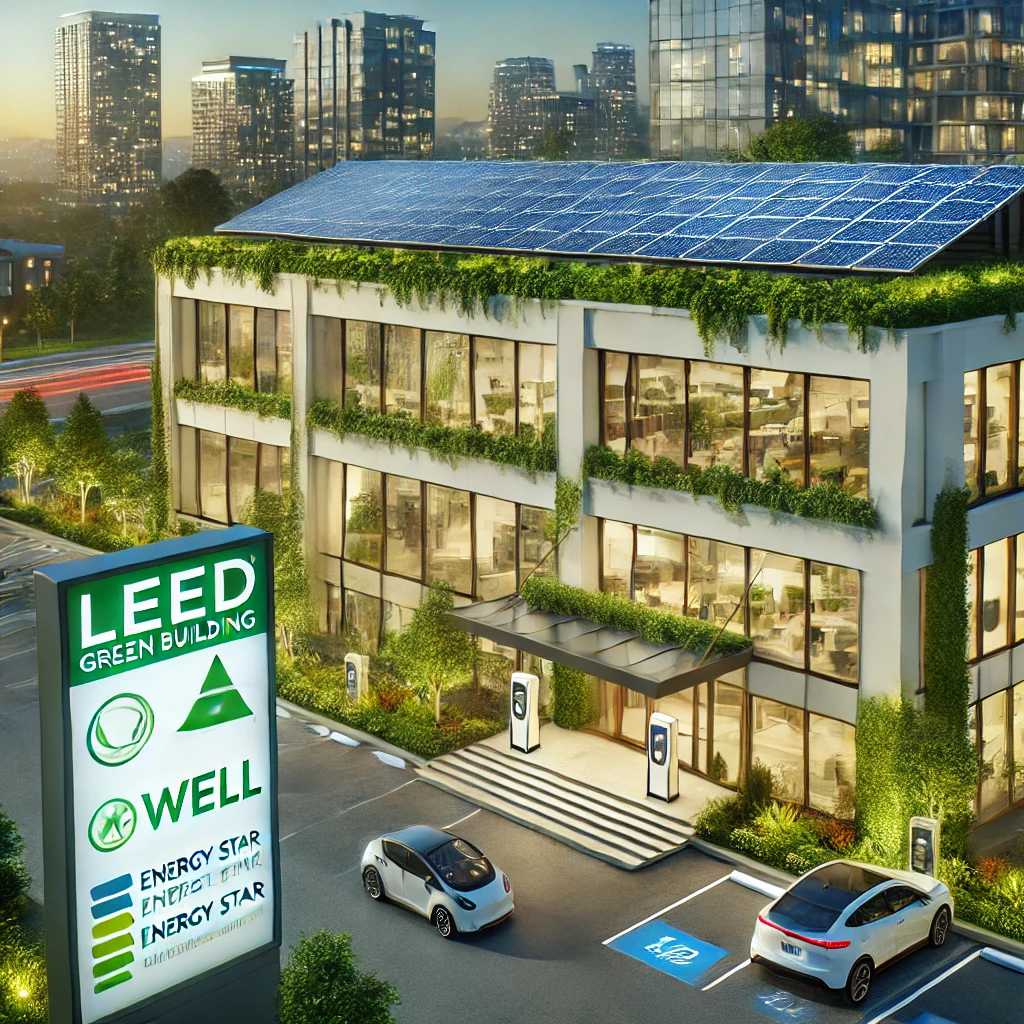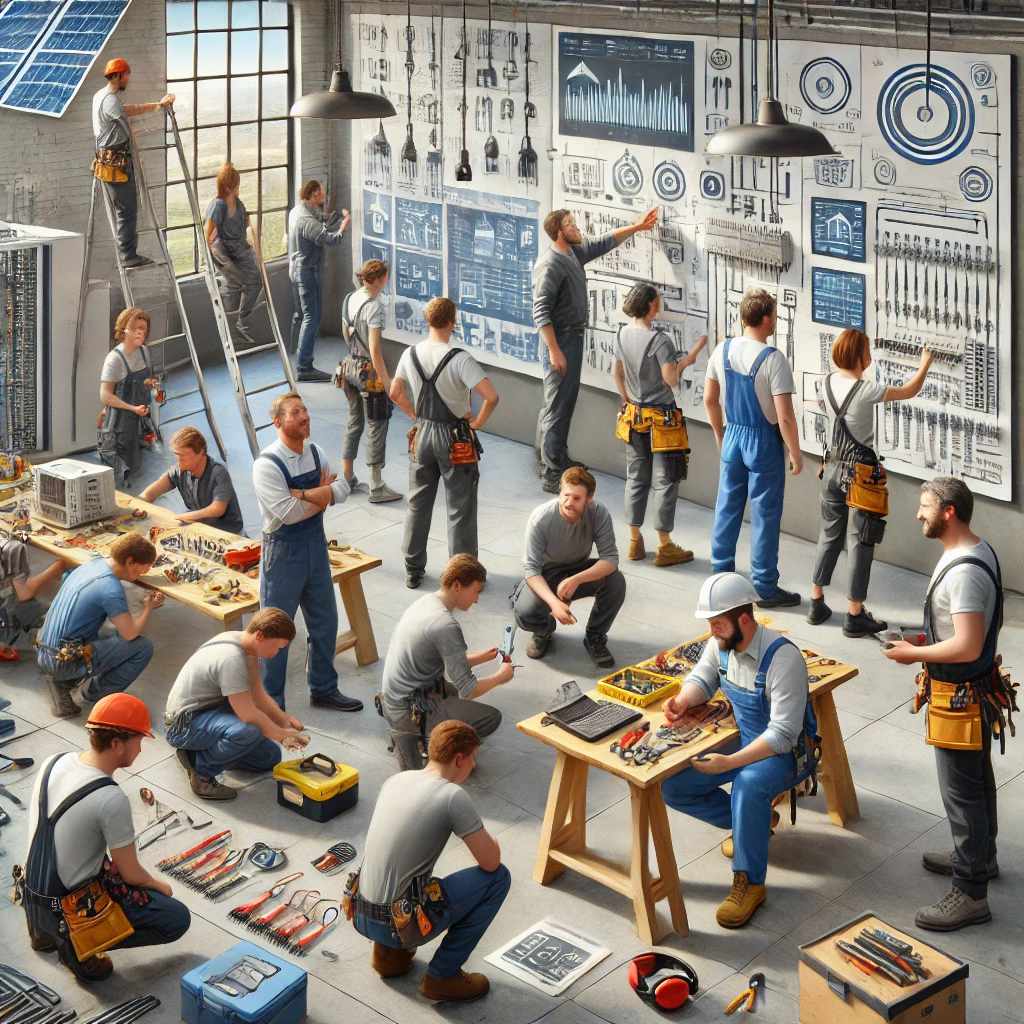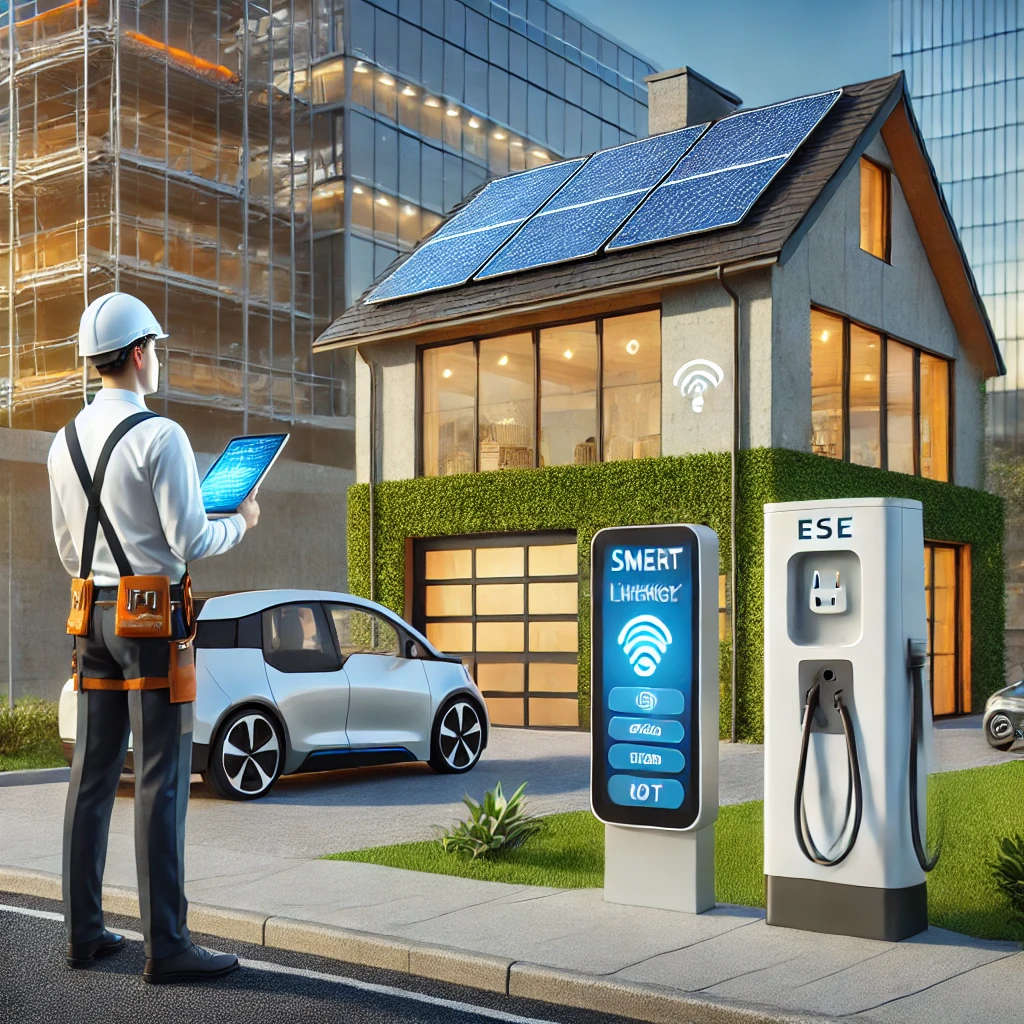Green building certifications have emerged as a vital benchmark in the construction and real estate…
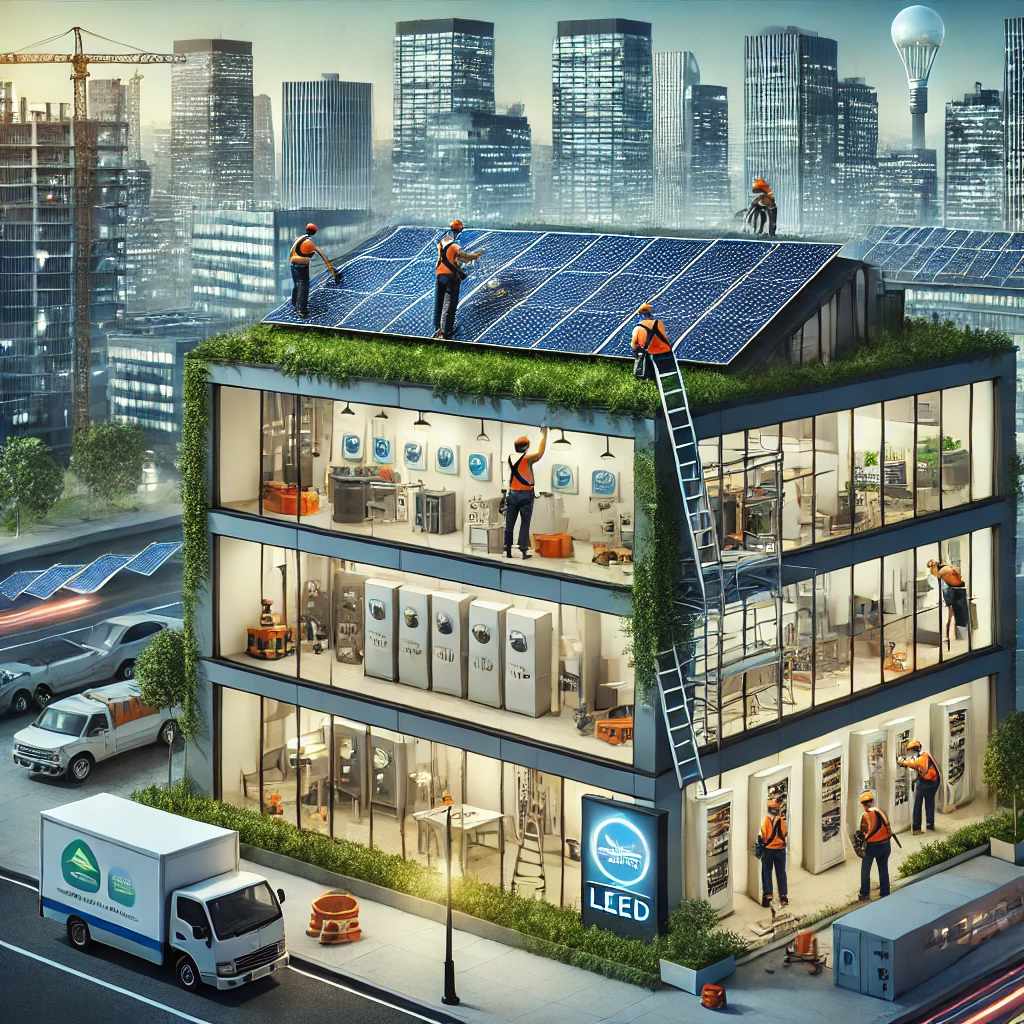
Retrofitting and Electrification: Transforming Buildings for a Sustainable Future
As the world transitions to a cleaner, more energy-efficient future, retrofitting and electrification have become pivotal strategies for reshaping buildings into sustainable powerhouses. With advancements in renewable energy, evolving regulations, and a growing demand for energy efficiency, the building sector is experiencing a profound transformation. Electrical contractors are at the heart of this movement, finding opportunities to lead the charge toward sustainability and innovation.
🎧 Listen Now: Electrifying the Future 🎙️
Explore how retrofitting buildings can drive sustainability and electrify the future. Gain insights into the latest trends and actionable solutions.
🎙️ Powered by iHeart Podcasts
Electrification Trends Driving the Future
Electrification is reshaping industries, including transportation, manufacturing, and especially buildings. The demand for electrified systems is soaring, propelled by sustainability goals and government incentives. Electric systems like heat pumps, induction stoves, and EV chargers are becoming the norm, replacing traditional fossil fuel-powered alternatives.
Key Market Drivers
- Sustainability Goals: Governments and businesses aim to cut carbon emissions and improve energy efficiency.
- Advancements in Technology: Efficient renewable energy systems, like solar panels and energy storage, are becoming more cost-effective.
- Regulations: Policies mandating electrification, such as banning natural gas in new buildings, are accelerating adoption.
Regional Leaders in Electrification
- North America: States like California and New York lead with progressive electrification policies.
- Europe: Germany and Scandinavia are phasing out fossil fuels and embracing renewable energy.
- Global Initiatives: International efforts, such as the Paris Agreement, are setting aggressive targets for decarbonization.
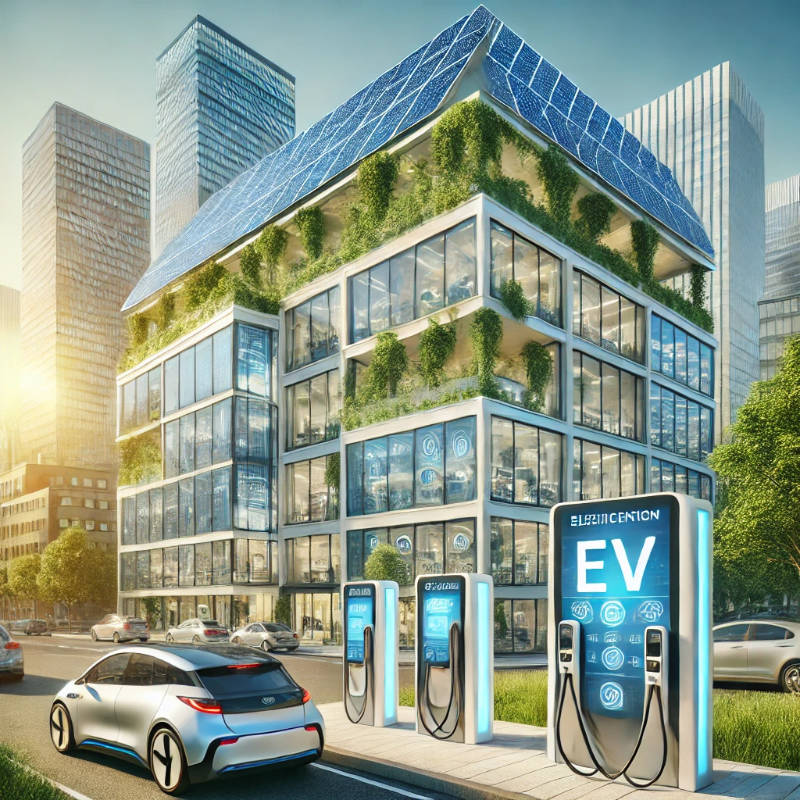
Challenges in Retrofitting Older Buildings
Retrofitting presents unique hurdles, especially in older structures not designed for modern electrical demands. From outdated wiring to space constraints, the process requires innovation and adaptability.
Common Challenges
- Outdated Infrastructure: Electrical panels and wiring often cannot handle the loads of modern systems.
- Structural Limitations: Retrofitting may require significant physical modifications to accommodate new equipment.
- Aesthetic Preservation: Historical buildings must balance modernization with maintaining architectural integrity.
Solutions
- Upgrading panels and wiring to meet current standards.
- Installing intelligent energy management systems to optimize consumption.
- Leveraging innovative designs like building-integrated photovoltaics (BIPV) for solar energy.
Case Studies
- Empire State Building: Achieved LEED Gold certification through energy-efficient retrofits.
- Joseph Vance Building: A historic office in Seattle modernized for improved energy efficiency.
Energy-Efficient and Renewable Solutions
Retrofitting provides an excellent opportunity to integrate cutting-edge energy-efficient systems and renewable energy sources. These upgrades reduce costs, improve sustainability, and align with regulatory mandates.
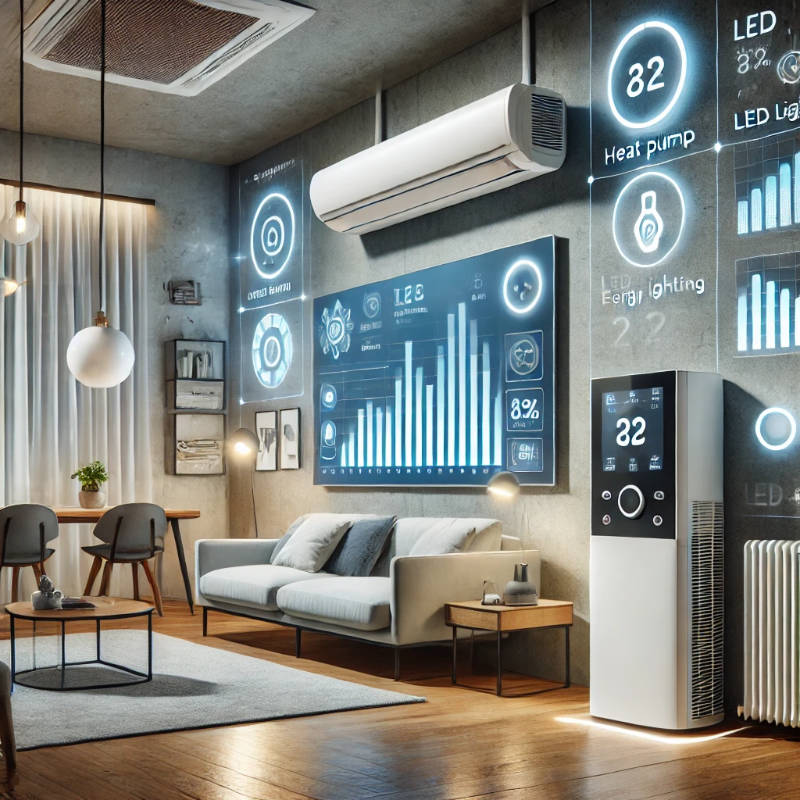
Popular Energy-Efficient Systems
- Heat Pumps: Provide heating and cooling while using 50% less energy than traditional systems.
- LED Lighting: Reduces energy consumption by 75% compared to incandescent bulbs.
- Smart Energy Systems: Enable real-time monitoring and optimization of energy use.
Renewable Energy Integration
- Solar Panels: Reduce energy costs and carbon emissions while increasing property value.
- Energy Storage: Store excess energy for peak demand or outages.
- EV Charging Stations: A must-have for modern commercial and residential properties.
The Role of Green Building Certifications
Sustainable retrofitting contributes to achieving prestigious green certifications, making properties more attractive and valuable.
Key Certifications
- LEED: Focuses on energy efficiency and environmental impact.
- WELL: Prioritizes occupant health and comfort.
- Energy Star: Recognizes high-performing, energy-efficient buildings.
Impact of Certification
- Boosts property value and marketability.
- Aligns with tenant and buyer preferences for eco-friendly spaces.
- Provides measurable energy and cost savings.
Opportunities for Electrical Contractors
Opportunities for Electrical Contractors
The growing trend of building electrification presents numerous opportunities for electrical contractors:
- Expand service offerings: Contractors can expand their services to include retrofitting, electrification, and renewable energy integration. This includes installing EV charging stations, solar panels, and energy storage systems. Electrical retrofits can save money and improve safety for businesses and organizations.
- Become experts in green building certifications: Contractors can differentiate themselves by becoming experts in LEED, WELL, and Energy Star certification requirements. This can involve obtaining certifications, such as LEED Accredited Professional (LEED AP) or WELL Accredited Professional (WELL AP).
- Stay informed about new regulations: Keeping up-to-date with the latest rules and codes is crucial for providing compliant services. This includes understanding the National Electrical Code (NEC) and OSHA safety standards.
Importance of Workforce Development
The increasing demand for electrification and retrofitting services requires a skilled workforce to implement these projects effectively. Electrical contractors have a crucial role in developing this workforce by investing in employee training and education programs. This will ensure contractors have the necessary skills and knowledge to install and maintain new technologies, such as heat pumps, EV charging stations, and intelligent energy management systems.
Actionable Strategies
- Invest in training and education: Contractors should invest in training and education to develop expertise in electrification and renewable energy technologies.
- Develop a strong online presence: Creating a professional website and utilizing social media platforms can help contractors reach a wider audience and showcase their expertise.
- Build relationships with other trades: Collaborating with other trades, such as HVAC and general contractors, can lead to new business opportunities.
- Offer competitive pricing and excellent customer service: Providing competitive pricing and excellent customer service can help contractors attract and retain clients.
- Embrace the Inflation Reduction Act: The Inflation Reduction Act has introduced unprecedented measures to drive domestic energy production and support electrification. These measures include investing billions of dollars in rebates for home electrification and energy-efficiency projects and developing a national green bank to finance clean energy projects. Contractors can leverage these incentives and programs to expand their businesses and offer more affordable solutions to their customers.
Data-Driven Insights
| Metric | Global | U.S. |
|---|---|---|
| Market Growth (CAGR) | 6.80% (2023-2032) | 6.8% (2024-2030) |
| Market Size (2032) | USD 272.8 billion | N/A |
| Renewable Energy Growth (2022) | 8% | N/A |
| Heat Pump Sales Growth (2022) | 11% | N/A |
| Cost Comparison (Retrofit vs. New Construction) | Retrofit projects cost 30% less than new projects | N/A |
| Cost Comparison (EV Charging Installation) | Installing EV charging infrastructure during new construction can be several times less expensive than retrofitting | N/A |
Adoption Rates
Total global renewable power generation capacity will need to triple by 2030 to reach more than 11,000 GW under IRENA’s 1.5°C Scenario. This highlights the significant growth potential for renewable energy technologies in the building sector.
Growth Projections
Canada is anticipated to grow more quickly than the U.S. in adopting energy retrofit systems. This presents opportunities for contractors in the Canadian market.
Cost Comparisons
Commercial and industrial building owners have long recognized the value of retrofitting and updating their current facilities versus demolition and re-building. This suggests that the retrofitting market will continue to grow as building owners seek to improve energy efficiency and reduce costs.
Benefits of Retrofitting and Electrification
For property owners and contractors alike, retrofitting offers tangible benefits:
- Cost Savings: Lower energy bills and reduced maintenance costs.
- Environmental Impact: Significant reduction in carbon emissions.
- Market Value: Increased property appeal in a competitive, sustainability-focused market.
The Future of Buildings: Electrified and Sustainable
The movement toward retrofitting and electrification is reshaping the building sector. By embracing this change, electrical contractors can take charge toward a greener, more sustainable future. The opportunities are vast, the challenges surmountable, and the rewards transformative—for contractors, clients, and the planet.

